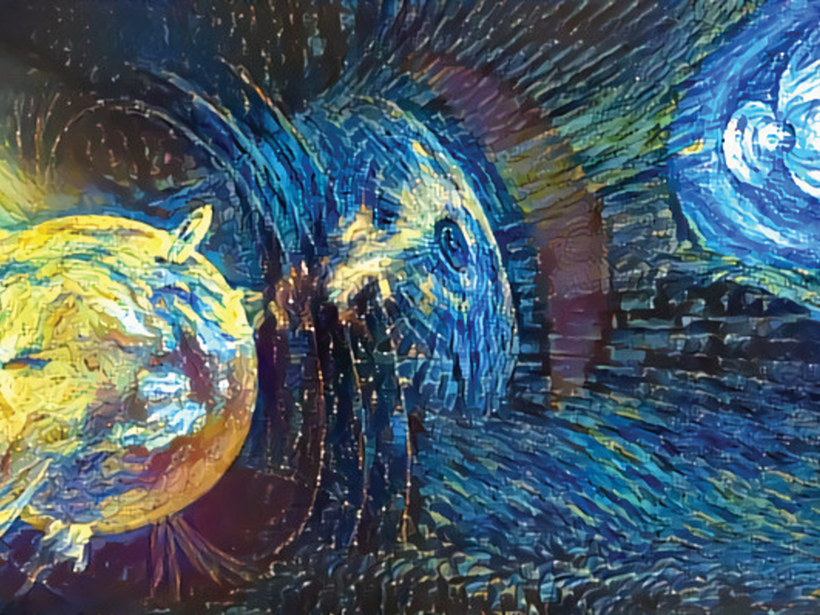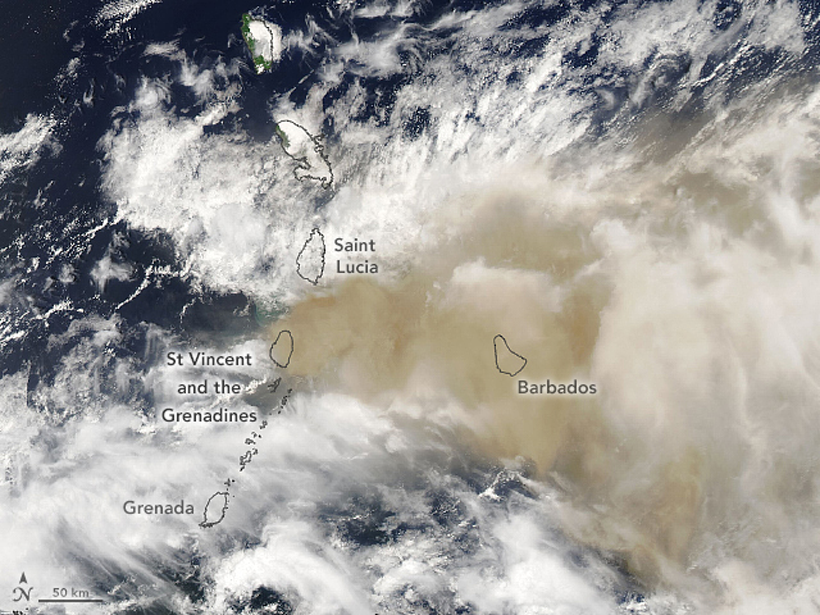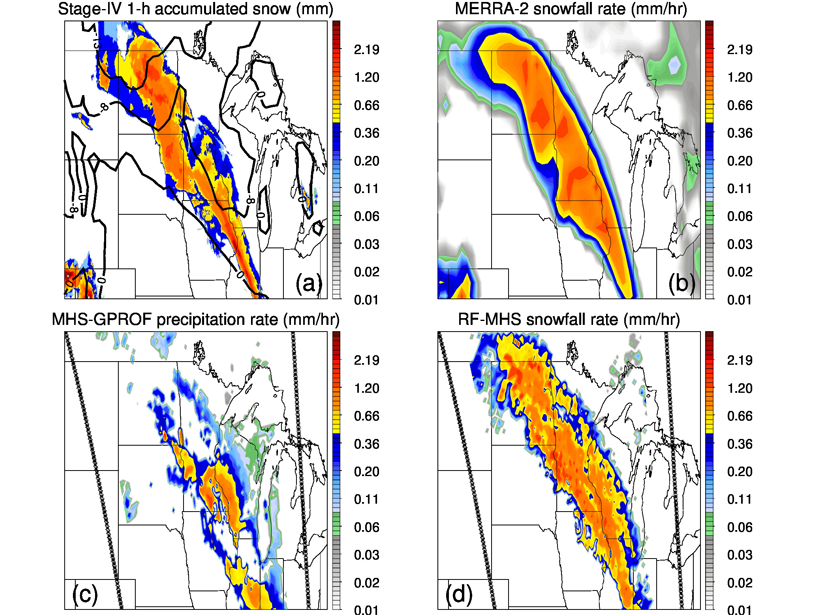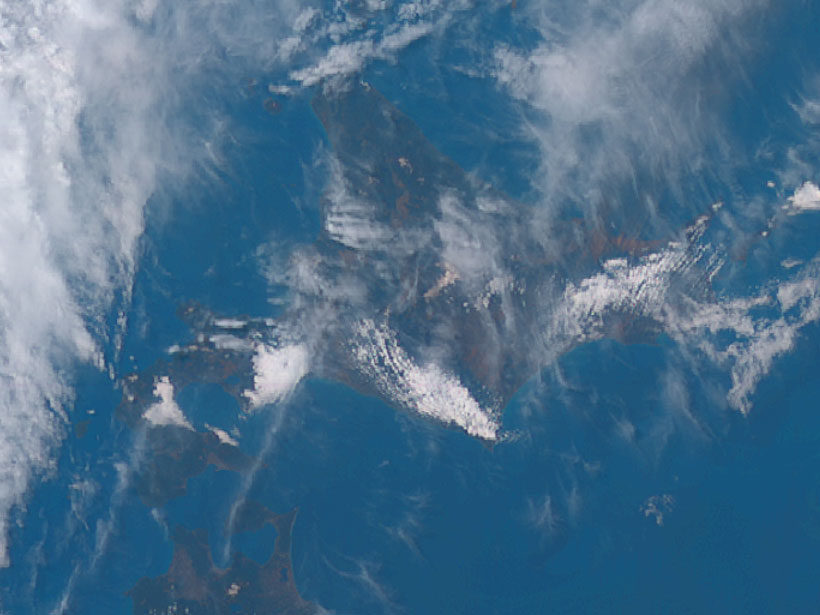Machine learning is gaining popularity across scientific and technical fields, but it’s often not clear to researchers, especially young scientists, how they can apply these methods in their work.
machine learning & AI
A Tectonic Shift in Analytics and Computing Is Coming
Artificial intelligence combined with high-performance computing could trigger a fundamental change in how geoscientists extract knowledge from large volumes of data.
Eyeing Explosive Ash Clouds from Above and Below
Satellites in the sky combined with computers on the ground detect and track volcanic ash clouds, like those produced by Soufrière St. Vincent in April, in near-real time.
When Will the Next Failure Be?
Unprecedented images of fracture networks in laboratory scale experiments mixed with machine learning algorithms help predict the timing of the next failure.
A Promising Forecast for Predictive Science
A new U.S. Geological Survey report outlines how emerging technologies and cross-disciplinary collaborations are expected to empower new tools for managing hazards and resources.
Using Machine Learning to Detect and Estimate Global Snowfall
Machine learning is used to retrieve global snowfall occurrence and rate from satellite-based passive microwave sounder observations, trained by snowfall data from a high-quality space borne radar.
Boosting Weather Prediction with Machine Learning
WeatherBench is a data set compiled to serve as a standard for evaluating new approaches to artificial intelligence–driven weather forecasting.
Modeling Gravity Waves with Machine Learning
Researchers used neural networks to better define the parameterizations necessary for modeling the distribution and characteristics of orographic gravity waves.
Advancing AI for Earth Science: A Data Systems Perspective
Tackling data challenges and incorporating physics into machine learning models will help unlock the potential of artificial intelligence to answer Earth science questions.
Machine Learning for Magnetics
Classic interpretation of aeromagnetic anomaly maps involves several steps with limiting boundary conditions; a recent study develops convolutional networks largely bypassing these issues.










